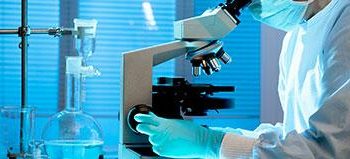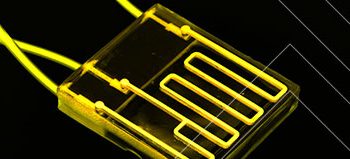The stem cell banking market is expected to witness robust growth in coming years, mainly due to technological advancements that have resulted in new options for disease/condition treatments and improvements in the stem cell banking process itself.
Currently, there are more than 80 disease and conditions that are treatable with stem cell therapy. This number is continuously increasing, and as the number of diseases or conditions treatable with stem cell therapy grows, more and more people will start storing stem cell in stem cell banks.
Currently cord blood and cord tissues are both being stored in banks. Although stem cells of cord blood-origin have proven useful in treating a number of conditions, the use of cord tissue-derived stem cells is still under consideration. It is expected that these cells can be used for the repair of damaged connective tissue, cartilage tissue, and strokes. The potential applications of cord tissue-derived stem cells have attracted interest to this field; this may also lead to an increase in the number of parents storing the cord tissues of their child, along with cord blood.
Another potential growth opportunity in this market is the development of kits to collect and transport cord blood and tissue. The quality and quantity of cells collected is often determined by the collection process itself; as a result, the collection and transportation of cord blood and tissue is an area of significant concern. This has prompted a number of companies to focus on the development of the necessary kits used in this process.
Processing services are expected to command the largest share of the market in 2016. Earlier, the semi-automated centrifuge, such as AXPTM AutoXpress from Thermogenesis and Compomat from Fresenius Kabi (India) were used to separate blood components, such as red cells, buffy coat, and plasma. However, companies are now focusing on updating technology to deliver the highest-quality products. By updating their technologies, companies can gain the competitive advantage in the market.
Asia-Pacific is expected to be the fastest-growing regional segment in the stem cell banking market. Countries such as China and India have a huge population base and a higher birth rate, which is a major factor fueling the growth of those markets. The cost of these services is also lower in these countries in comparison with most developed markets. For instance, processing services cost approximately USD 800 to USD 1,200 in western countries around USD 75 to USD 80 in India. Storage services for a year are offered at approximately USD 50 to USD 60 in India and around USD 150 to USD 250 in most developed countries. The low prices of stem cell banking has considerably aided the growth of Asian markets and enhanced the number of patients storing cord blood and tissue in these countries. Due to globalization, there is a possibility that more and more people from western countries will start storing cord blood and cord tissue of their children in Asian banks. This provides a potential growth opportunity in Asia-Pacific.


